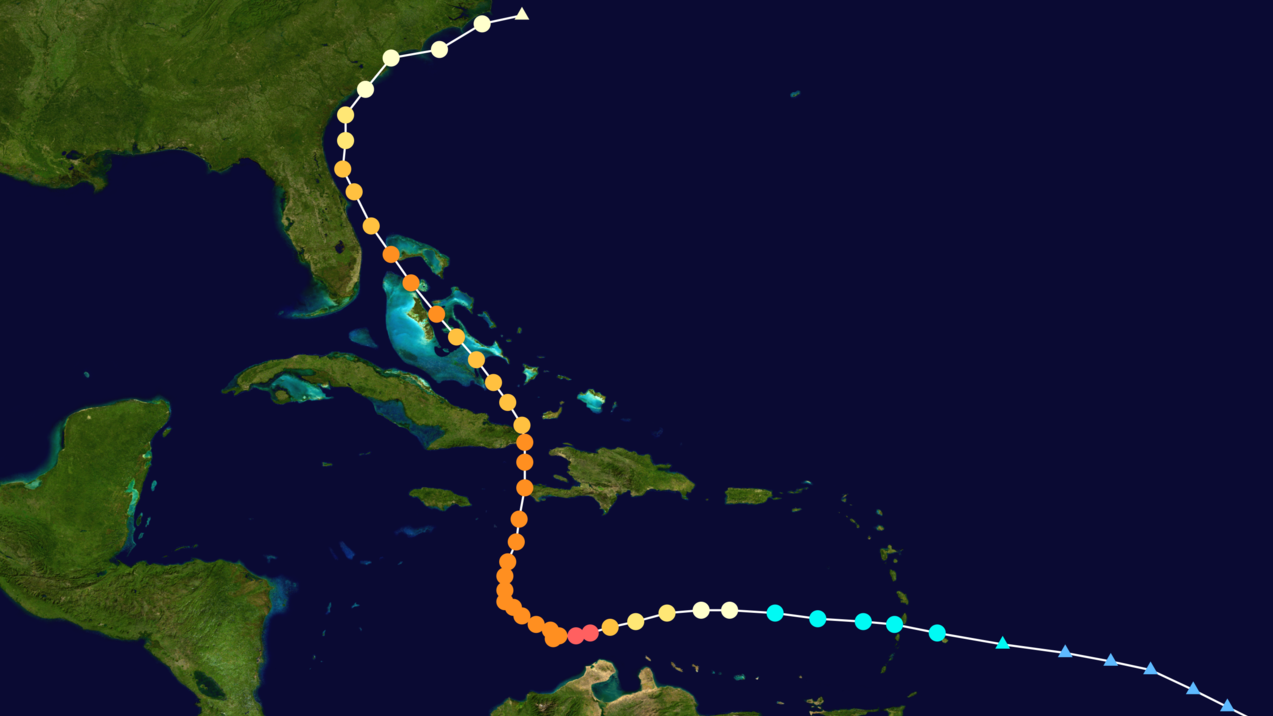

hurricanes from September 27 and beyond since 1900 have occurred in Florida.

It was the thirteenth tropical storm of the season and the ninth to affect the United States. Phil Klotzbach noted 60 percent of landfalling U.S. Tropical Storm Matthew was a weak tropical storm in the 2004 Atlantic hurricane season that made landfall on Louisiana. There is also considerable uncertainty on how fast Matthew moves.Įven if Matthew stays sufficiently off the East Coast, a threat of dangerous swells, coastal flooding, and beach erosion is likely to be in play along parts of the Eastern Seaboard.Ĭolorado State University tropical scientist, Dr. Conversely, if a southward dip in the jet stream is in play over some part of the Eastern U.S., that could help deflect Matthew to the east.įor now, ensemble forecast guidance is lessening the threat of a Gulf of Mexico track, but it is still too far out to rule out an East Coast threat later next week.If high pressure aloft is stronger near or over the Eastern U.S., that may steer Matthew closer to some part of the U.S.The US National Hurricane Center (NHC) has downgraded it to a Category One hurricane. The track will depend, in part, on the steering currents in the atmosphere. Hurricane Matthew has now made landfall in South Carolina in the US, having battered Florida on Friday. Matthew track on SST image of 1 October (248 Kb). ( MORE: Why Long-Range Model Forecasts For the Tropics Can't Often Be Trusted) Matthew developed from a strong tropical wave in the Windward Islands at the eastern end of the Caribbean Sea. may be in danger next week.Įnsemble forecast guidance includes scenarios where Matthew moves north, then northeast remaining well off the East Coast, but also includes tracks into the Gulf of Mexico next week. Threat?īeyond that, it is still too soon to determine which parts of the U.S. ( FLASHBACK: Hurricane Joaquin 2015) U.S. Beyond that, Matthew is likely to begin impacting parts of the central or southeast Bahamas by Tuesday. As powerhouse Hurricane Matthew continues on its slow but steady track across the Caribbean toward Haiti, Jamaica and Cuba, experts caution that the storms impact could be devastating.


 0 kommentar(er)
0 kommentar(er)
